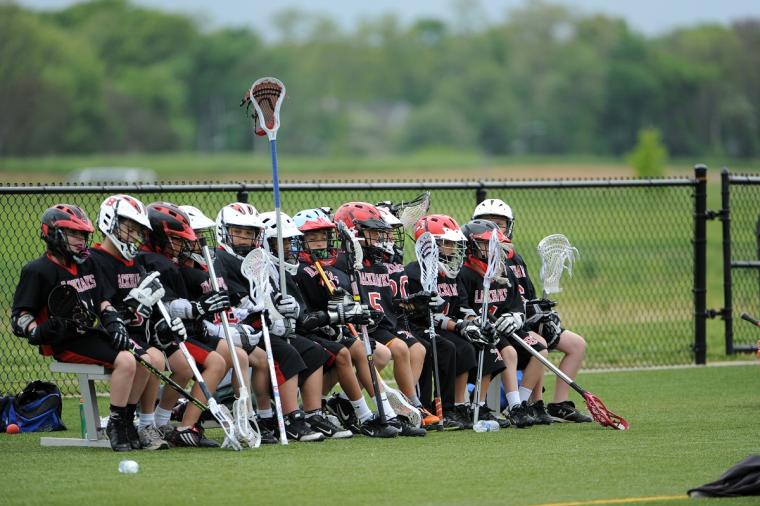
Sportsplexes can fill fields and courts with tournaments every weekend during the high season. But during the week, there are often problems with scheduling on a local level. Schools and rec leagues, for example, may have conflicts over who gets to use the facilities (and when), and should a team move into championship position, it can cause even more friction.
Another problem is that cities are becoming increasingly landlocked, and while more schools are being built, there is a dearth of competition-ready venues. What are the factors causing problems? What strategies have been employed to help venues and event owners work together? Here are some examples.
In Gillette, Wyoming, local diamonds were the source of friction between user groups. The Gillette City Council had to adopt a field use policy to avoid scheduling conflicts at the Energy Capital Sports Complex. According to a newspaper report, the four softball fields at the facility are in high demand, which has led to groups competing for the same fields and practice times.
Two competing measures were put to the Council, with the Gillette News Record stating, “One resolution would formalize in writing the practice that the city currently uses, where priority is based on the type of event and how many teams are brought in. The other resolution is worded so that softball teams have a higher priority than baseball, and local teams have a higher priority than out-of-town organizations.”
Ultimately, the Council voted that Campbell County School District teams would have top priority in field use during softball season, as well as when the state softball tournament and the USA Softball of Wyoming is hosted in Gillette. If there is a scheduling conflict, tournaments have priority over individual games. Camps and clinics are next on the priority list, followed by scrimmages, then practices. A full listing of the policies can be found at this link.
While creating scheduling and listing groups as having priorities are helpful, weather often is not. A rain event (or a rain event that lasts all week) can wreak havoc on any schedule, and it won’t matter who has priority when multiple make-up games need to be held.
 In Santa Cruz County, California, multiple fields in the Pajaro Valley Unified School District were impacted by heavy rains. Games were cancelled and make-up schedules were in doubt.
In Santa Cruz County, California, multiple fields in the Pajaro Valley Unified School District were impacted by heavy rains. Games were cancelled and make-up schedules were in doubt.
“It’s hard to reschedule with the limited schedules we have as it is,” said Marcus Northcutt, one of the school athletic directors. “Where are we going to fit it in when we’re already booked up?”
And in some cases, there was no win in sight. Santa Cruz Coast Athletic League (SCCAL) a high school athletic conference that is part of the CIF Central Coast Section of the California Interscholastic Federation, noted that it would likely have to cancel its baseball and softball tournaments to allow teams to get make-up games in.
The problems are not limited to outdoor space, either, according to the Perry High School Precedent. The paper, which serves the Perry (Arizona) school, notes that badminton and volleyball constantly conflict with one another for gym time – with volleyball often coming out the winner.
“This ongoing conflict happens throughout school sports but never between two different sports,” notes the article. “Baseball and football never have to share within their sport but because they have a designated field, it is never difficult to create practice times. With only having one big gym, bigger sports teams have trouble getting a good practice in.”
While there will always be friction caused by user groups who want faclities for their competitions, the eye of the storm seems to be in the pickleball/tennis sector. The rapidly growing paddle sport of pickleball and the classic sport of tennis often find themselves competing for court space, since many courts have been lined for both sports as part of a short-term solution while destinations seek out land to build designated facilities.
That short-term better end soon, say destinations, who have to balance demands from both sports, and complaints from both sports. Some destinations have created rigid schedules to avoid this.
For example, in North Carolina, the city of Asheville created guidelines to minimize any conflicts between tennis and pickleball user groups. Detailed schedules for both sports on various courts in the area, as well as information on borrowing pop-up pickleball nets, were listed in the guidelines.
One offshoot of this is that some sports facilities wind up being pressured by community members to be opened up for public use, such as allowing local residents to use track & field venues for their own workouts, before and after school hours. And that can be bad news. In Lewiston, Maine, for example, the city had to hold a forum to address concerns after the Franklin Pasture Sports Complex concession stand was broken into and vandalized. In a poll hosted by the local newspaper, some argued that the facility should be open to all (“our taxes pay for it!”) while others said the break-in proved that such venues should not remain unsupervised.

